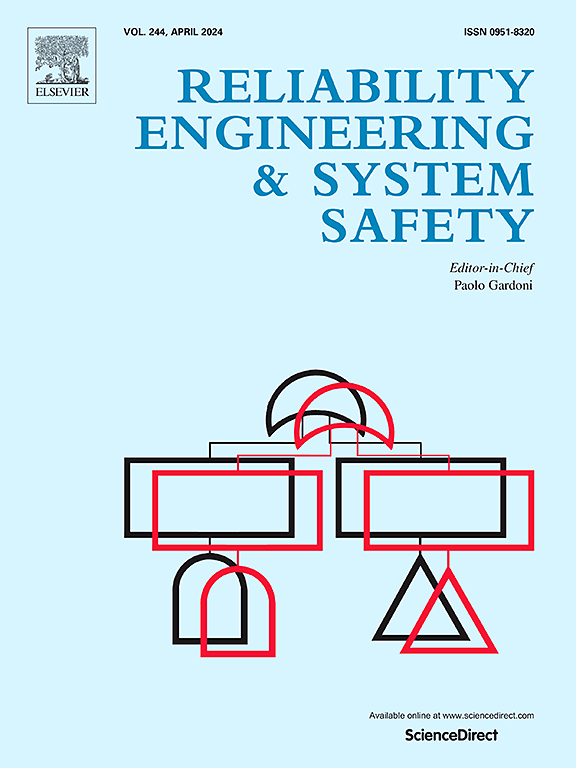Leveraging digital twin for healthcare emergency management system: Recent advances, critical challenges, and future directions
IF 9.4
1区 工程技术
Q1 ENGINEERING, INDUSTRIAL
引用次数: 0
Abstract
In the post COVID-19 era, there is an escalating demand to fundamentally rethink and digitalize healthcare emergency management (HEM) to ensure greater resilience and responsiveness. Among emerging technologies, the digital twin (DT) holds unique promise by enabling real-time monitoring, dynamic decision support, and predictive maintenance, all of which are critical in high-stakes emergency scenarios. Despite its potential, DT deployment in HEM remains an intricate, long-term endeavor, hampered by significant conceptual and technical barriers. Many stakeholders lack a clear understanding of DT's functional scope, the requisite technologies for robust implementation, and pathways for integrating DT into established healthcare workflows. In response, this paper offers a comprehensive examination of DT in HEM, categorizing current applications across four levels: individual, hospital, public, and cloud supporting. This paper also highlights how contemporary technical solutions, ranging from advanced networking and distributed computing to AI-driven analytics, can be orchestrated to support novel DT functionalities in real-world healthcare operations. Additionally, challenges, open problems and future directions for DT in HEM are discussed. By synthesizing both functional and research-oriented insights, this review aims to clarify future directions for leveraging DT as a transformative vehicle for healthcare emergency preparedness, response, and long-term resilience.
将数字孪生应用于医疗急救管理系统:最新进展、关键挑战和未来方向
在后COVID-19时代,人们越来越需要从根本上重新思考和数字化医疗应急管理(HEM),以确保更大的复原力和响应能力。在新兴技术中,数字孪生(DT)通过实现实时监控、动态决策支持和预测性维护,具有独特的前景,所有这些在高风险紧急情况下都至关重要。尽管具有潜力,但在HEM中部署DT仍然是一项复杂的长期努力,受到重大概念和技术障碍的阻碍。许多利益相关者对DT的功能范围、稳健实施所需的技术以及将DT集成到已建立的医疗保健工作流程中的途径缺乏清晰的理解。作为回应,本文对HEM中的DT进行了全面的检查,将当前的应用分为四个层次:个人、医院、公共和云支持。本文还强调了如何协调当代技术解决方案,从先进的网络和分布式计算到人工智能驱动的分析,以支持现实世界医疗保健操作中的新型DT功能。此外,还讨论了HEM中DT面临的挑战、存在的问题和未来的发展方向。通过综合功能和以研究为导向的见解,本综述旨在阐明利用DT作为医疗应急准备、响应和长期恢复力的变革工具的未来方向。
本文章由计算机程序翻译,如有差异,请以英文原文为准。
求助全文
约1分钟内获得全文
求助全文
来源期刊

Reliability Engineering & System Safety
管理科学-工程:工业
CiteScore
15.20
自引率
39.50%
发文量
621
审稿时长
67 days
期刊介绍:
Elsevier publishes Reliability Engineering & System Safety in association with the European Safety and Reliability Association and the Safety Engineering and Risk Analysis Division. The international journal is devoted to developing and applying methods to enhance the safety and reliability of complex technological systems, like nuclear power plants, chemical plants, hazardous waste facilities, space systems, offshore and maritime systems, transportation systems, constructed infrastructure, and manufacturing plants. The journal normally publishes only articles that involve the analysis of substantive problems related to the reliability of complex systems or present techniques and/or theoretical results that have a discernable relationship to the solution of such problems. An important aim is to balance academic material and practical applications.
 求助内容:
求助内容: 应助结果提醒方式:
应助结果提醒方式:


